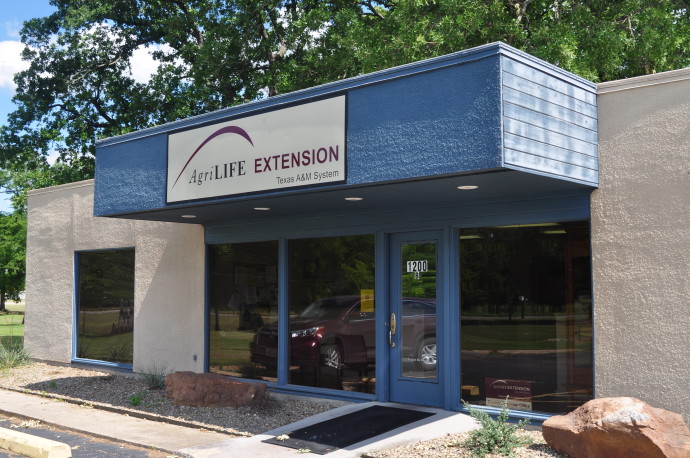
Here the list of activities for the garden for late summer, according to Texas A&M AgriLife Extension Specialists:
Sustaining adequate moisture in the garden and landscape is the #1 priority for late summer and fall, Water trees and shrubs by giving them at least one inch of water per week, delivered slowly, around the plants as far out as the “dripline” extends.
Rejuvenate heat-stressed geraniums and begonias for the fall season by lightly pruning, fertilizing, and watering.
Don’t allow plants with green fruit or berries to suffer from lack of moisture. Hollies will frequently drop their fruit under drought conditions.
Prune out dead or diseased wood from trees and shrubs. Hold off on major pruning until midwinter. Pruning now may stimulate tender growth prior to frost.
Divide spring-flowering perennials such as irises, Shasta daisies, gaillardias, cannas, day lilies, violets, liriope, and ajuga. Reset divisions into well prepared soil with generous amounts of organic material worked into the top 8 to 10 inches. Water in thoroughly. Prepare the beds for spring-flowering bulbs as soon as possible.
It is important to cultivate the soil and add generous amounts of organic matter to improve the water drainage. Bulbs will rot without proper drainage. Plantings at this time can provide landscape color for three seasons in central, east, and south Texas.
Annuals set out early enough will bloom as soon as Thanksgiving, and frequently last until Memorial Day. Annuals that should soon be available in nurseries and garden shops include petunias, calendulas, pansies, snapdragons, stock, sweet peas, and violas (from seed).
Christmas cactus can be made to flower by supplying 12 hours of uninterrupted darkness and cool nights (55 degrees F.) for a month, starting in mid-October. Keep plants on the dry side for a month prior to treatment. Replenish mulches around trees and shrubs.
Start cool-season vegetables, such as mustard, lettuce, arugula, broccoli, carrots, and turnips, from seed in well prepared beds. Harvest okra, peppers, squash, and other vegetables often to encourage production. For more information on this or any other agricultural topic please contact the Hopkins County Extension Office at 903-885-3443 or email me at [email protected].






